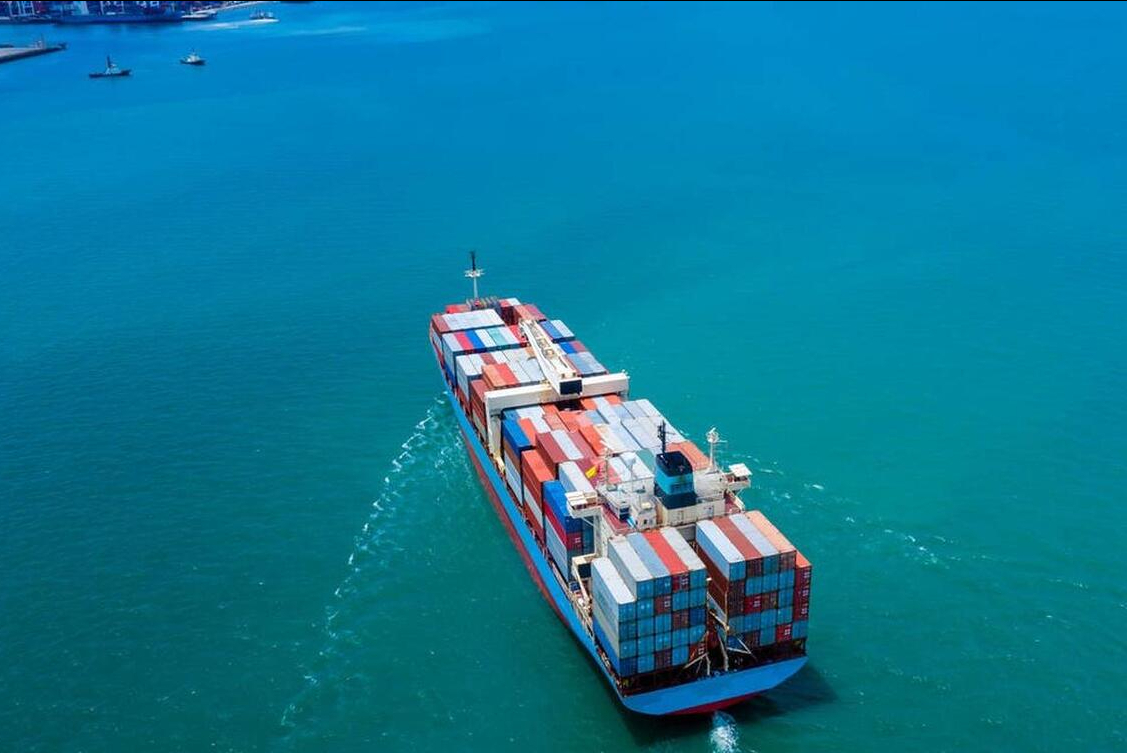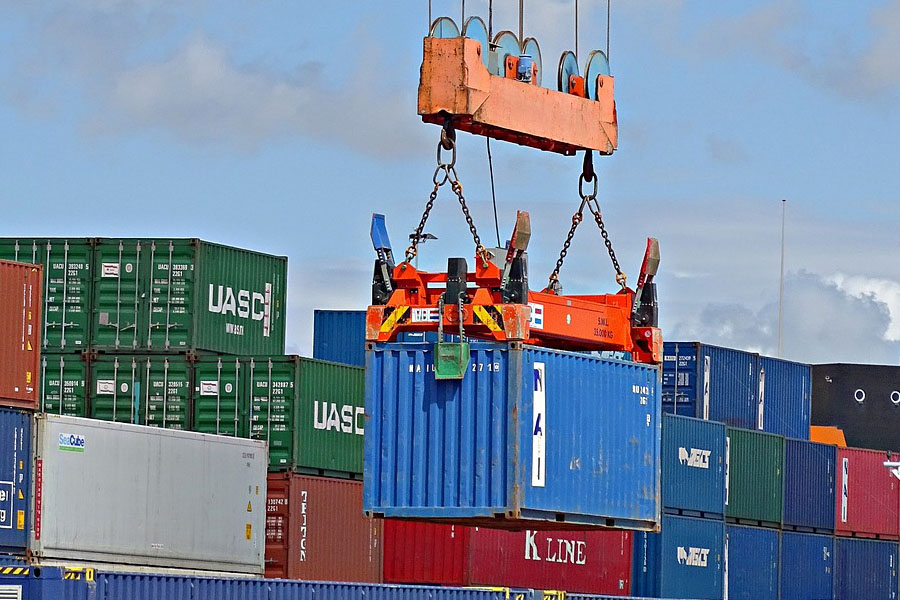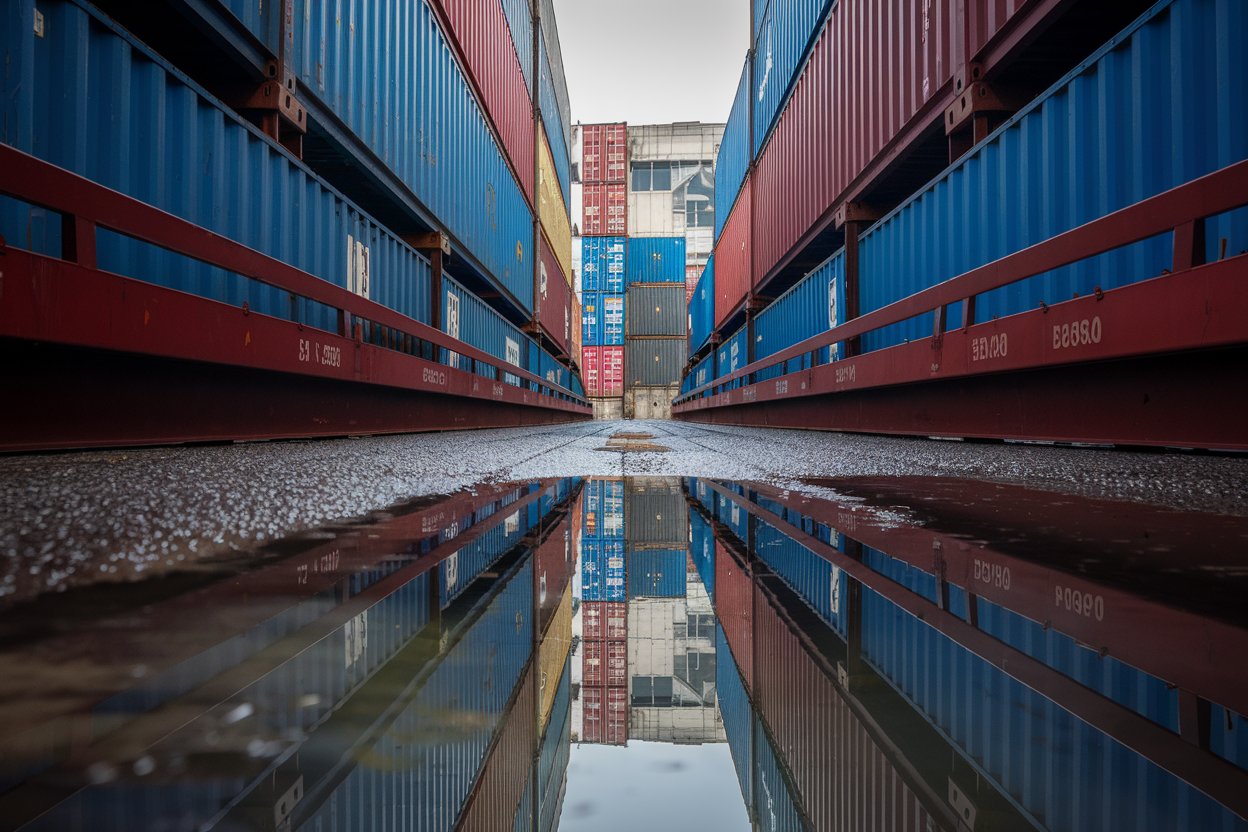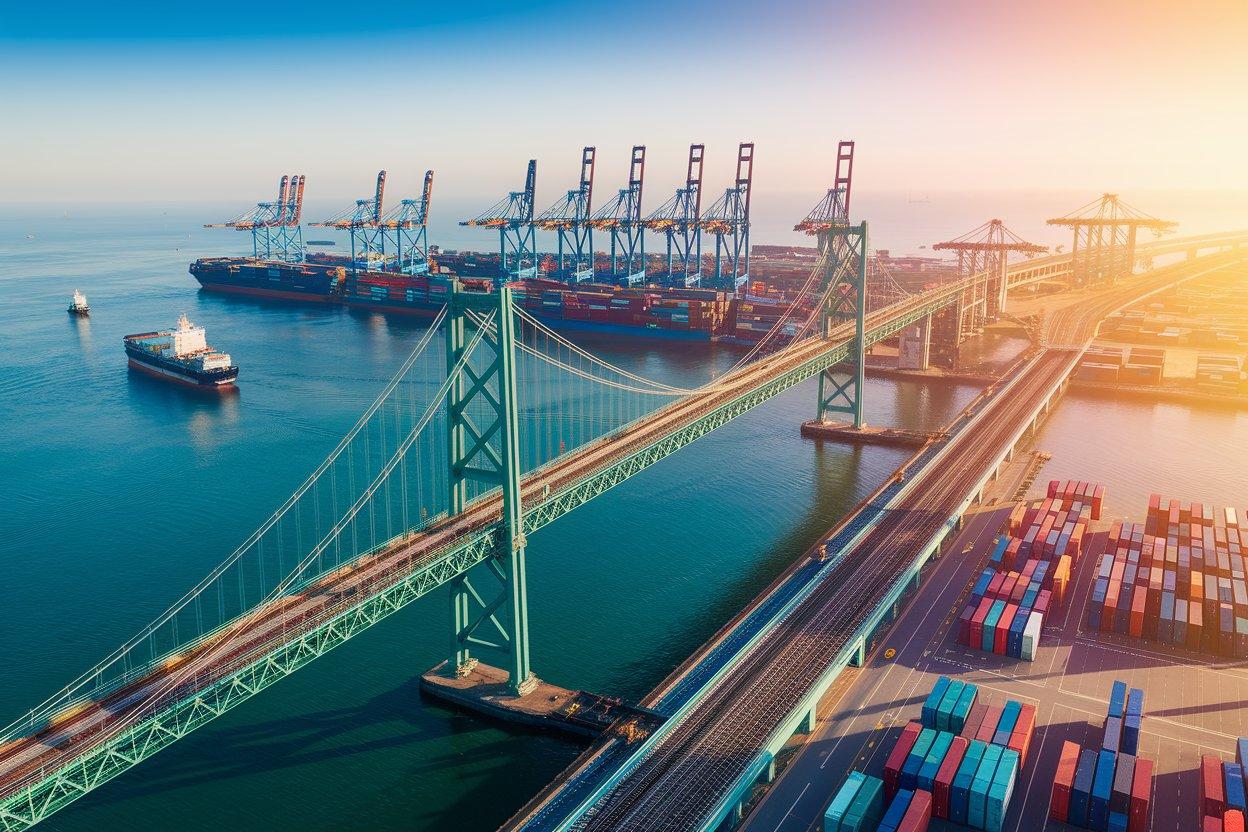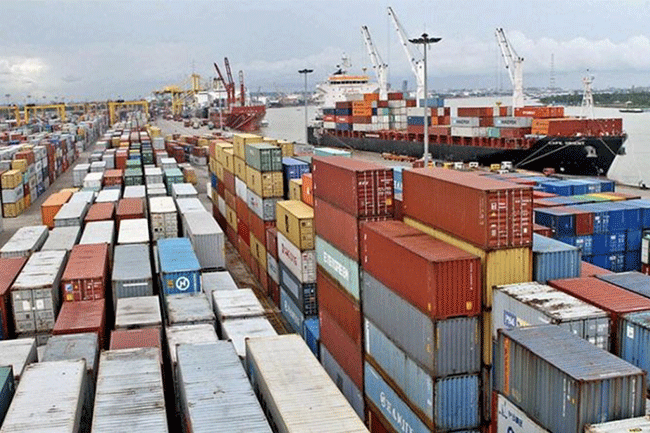- Shanghai Zhongshen International Trade Co., Ltd. - Two decades of trade agency expertise.
- Service Hotline: 139 1787 2118

Contents
ToggleIntroduction
In the globalMedical EquipmentIn today's increasingly active trade environment, importing Class II medical devices from Japan presents numerous opportunities. However, the complex trade landscape, varying regulatory requirements across different markets, and cumbersome import procedures all pose challenges for importers.ZhongShen International TradeWith professional document handling and logistics service capabilities, we are committed to solving your problems.
Professional Competence of ZhongShen International Trade: Document Processing and Logistics Arrangement
For importing Class II medical devices from Japan, documentation processing is a critical step. ZhongShen International Trade has an experienced team well-versed in various documentation requirements. Regarding commercial invoices, we ensure they are detailed and accurate, containing key information such as product descriptions, quantities, and values to comply with the importing country's customs declaration requirements. Packing lists are also meticulously prepared, detailing the contents of each package to facilitate customs inspections and logistics tracking.
Regarding bill of lading (B/L) processing, we maintain strong partnerships with major shipping companies, enabling us to promptly obtain and handle B/Ls. Whether it's a direct B/L or a through B/L, we can make appropriate arrangements based on cargo transportation requirements to ensure the safety and timeliness of shipments. Additionally, for special documents required for importing medical devices, such as medical device registration certificates and related paperwork, we assist clients in organizing and reviewing them to ensure document completeness and compliance.
Regarding logistics arrangements, we will comprehensively consider factors such as the nature of the goods, quantity, and delivery time to select the most suitable transportation method. If the goods are urgent and the quantity is small,Air TransportationIt may be the best choice. We work closely with major airlines to quickly secure cargo space and ensure timely transportation of goods. For large quantities of cargo,Maritime TransportationIt is more cost-effective. We will plan the optimal shipping route, coordinate port loading and unloading, and ensure the smooth transportation of goods to their destination. Additionally, during the transportation process, we will track the goods in real-time and provide timely updates to customers, keeping them informed of the cargo status at all times.
Russian market: VTBFX Settlement AgencyAdvantages
Although the current topic involves importing Class II medical devices from Japan, if the importer expands into the Russian market in future business development, ZhongShen International Trade holds unique advantages. In the Russian market, the convenience of settlement through VTB Bank stands out.
Foreign exchange settlement, simply put, is the process of converting foreign currency income into domestic currency at the prevailing exchange rate. For trade with Russia, using VTB Bank for foreign exchange settlement involves the following steps: First, in terms of account opening, we can assist clients in completing the account application process at VTB Bank. After a trade deal is concluded, when receiving foreign currency payments from Russian clients, VTB Bank can swiftly process the funds for deposit. Compared to other banks, VTB Bank boasts an extensive network of branches and an efficient clearing system within Russia, significantly reducing the time required for foreign exchange settlement and improving capital utilization efficiency. Additionally, in managing exchange rate fluctuation risks, VTB Bank offers professional hedging tools to help importers mitigate losses caused by exchange rate volatility. This is undoubtedly a major advantage for businesses frequently engaged in trade with Russia.
It is recommended to choose based on transportation distance and product characteristics:import and exportProcess and Solution
If importing Class II medical devices from Japan and subsequently distributing some of the products to the Southeast Asian market, understanding the local import and export procedures is crucial.
Take Indonesia as an example, the registration of imported medical devices is required. First, the importer needs to submit a registration application to the Indonesian Food and Drug Authority (BPOM). The application documents include technical files of the medical device, quality control documents, product instructions, etc. ZhongShen International Trade will assist clients in organizing these documents to ensure they meet BPOM's format and content requirements. After the registration is approved, customs clearance is required when the goods arrive at Indonesian ports. For customs clearance, documents such as commercial invoices, bills of lading, packing lists, and medical device registration certificates must be submitted. Our professional team will accurately fill out the customs declaration forms and truthfully declare the goods' information to avoid customs penalties due to false declarations.
Regarding exports, if sourcing related medical device components and other products from the Southeast Asian market for trade complementarity with Japan, strict procedures must also be followed. Taking Malaysia as an example, the first step is to confirm whether the products meet Malaysia's export standards. For medical device-related products, an export permit from the Malaysian Medical Device Authority (MDA) may be required. When preparing the goods for export, it is necessary to completeExport ClearanceProcedures, prepare the relevant documents. We will assist customers in completing these processes to ensure the smooth export of goods.
For logistics solutions in the Southeast Asian market, given the region's numerous islands and complex geographical environment, we will select appropriate logistics methods based on the characteristics of different countries and regions. For island nations such as the Philippines, feeder shipping services may be more suitable. We will coordinate the connection between main shipping routes and feeder services to ensure accurate delivery of goods to their destinations. For transportation hub cities like Singapore, a combination of land and sea transport may offer greater advantages. We will rationally plan transportation routes to reduce logistics costs.
Challenges and Opportunities in the Current International Trade Landscape
The current international trade situation is complex and volatile, posing numerous challenges to importing Class II medical devices from Japan. The rise of trade protectionism has led countries to implement stricter trade policies. For instance, some nations may increase import tariffs on medical devices, thereby raising import costs. Meanwhile, non-tariff barriers are also on the rise, such as more stringent product quality standards and certification requirements. This necessitates that importers thoroughly understand the regulatory policies of the target market before importing to ensure compliance with all requirements.
However, challenges also bring opportunities. With the rapid development of the global healthcare industry, the demand for medical devices continues to grow. Japan, as a country with advanced medical device technology, boasts high-quality and technologically sophisticated Class II medical devices, which hold strong competitiveness in the international market. Additionally, the continuous advancement of regional trade agreements has facilitated trade. For instance, the implementation of the Regional Comprehensive Economic Partnership Agreement (RCEP) provides more favorable tariff policies and trade facilitation measures for member countries within the region. For businesses importing Class II medical devices from Japan and then reselling them to RCEP member countries, they can benefit from tariff reductions and other preferential policies, thereby lowering operational costs.
Product Certification Services
For the import of Class II medical devices from Japan, product certification is an essential step. In Japan, Class II medical devices require certification from the Ministry of Health, Labour and Welfare (MHLW). The certification process includes assessments of the product's safety and efficacy. Although ZhongShen International Trade does not directly provide certification services, we will fully assist our clients. We help clients understand the detailed certification process and prepare the necessary documentation. For example, we assist in organizing technical documents and clinical trial data to ensure compliance with certification requirements. Additionally, we stay updated on changes in certification policies and provide clients with the latest information, enabling them to successfully complete the certification process and ensure that the imported Class II medical devices can legally enter the market for sale.
In summary, importing Class II medical devices from Japan requires comprehensive consideration of various factors, including documentation processing, logistics arrangements, market-specific characteristics, and the international trade landscape. With its professional service capabilities, ZhongShen International Trade will safeguard your import operations and support your success in the medical device import sector.
Related Recommendations
Contact Form
? 2025. All Rights Reserved. Shanghai ICP No. 2023007705-2  PSB Record: Shanghai No.31011502009912
PSB Record: Shanghai No.31011502009912
